Venue: Klentner Ranch
Planning + Design: Megan Rose Events
Photography: Michael & Anna Costa Photography
Suits + Tuxedos: Black Notch Lapel Performance Tuxedo by Michael Kors
Weddings are a celebration of love, unity, and togetherness. As couples increasingly aim to create meaningful and inclusive experiences for their guests, it's important to consider the accessibility needs of everyone attending — including members of the Deaf and hard-of-hearing community. Whether you have Deaf family members, friends, or simply want to make your event welcoming to all, here are practical and respectful ways to ensure your wedding is inclusive.
1. Hire a Qualified Sign Language Interpreter
One of the most impactful things you can do is hire a certified sign language interpreter for the ceremony and key reception moments (like speeches and the first dance). Make sure the interpreter is visible to both the Deaf guests and the couple during the ceremony. You can also introduce the interpreter at the start of the event so guests know who they are and their role.
Tip: Consider working with a Deaf consultant or agency to find a qualified interpreter fluent in the regional sign language (e.g., ASL, BSL, etc.).
2. Provide Captioning or Transcripts
If your wedding includes video messages, slideshow presentations, or pre-recorded content, include captions or provide a written transcript. This ensures Deaf guests can enjoy every message and visual moment equally.
Live captioning services (also called CART – Communication Access Real-time Translation) are another great option for larger weddings.
3. Include Accessibility Information in Your Invitations
Let guests know that you’re committed to making your wedding inclusive. You can include a section in your invitation or wedding website that says:
“If you require accessibility accommodations such as a sign language interpreter or captioning, please let us know.”
This not only shows your thoughtfulness but opens the door for guests to communicate their needs without feeling awkward.
4. Choose a Venue with Good Visibility and Lighting
For Deaf guests, clear visual communication is key. Make sure your venue is well-lit and not overly crowded in areas where important conversations or moments will take place. Avoid obstructing views of the interpreter or the couple with decor or furniture.
5. Use Visual Cues and Signals
When planning the flow of your event, consider adding visual cues for activities like when it's time to be seated, toast, or hit the dance floor. Flashing lights (used gently), signs, or projected text can help communicate transitions to those who may not hear announcements.
6. Educate Your Vendors and Wedding Party
Share your inclusivity plans with vendors, the officiant, and the wedding party. Let them know there will be Deaf guests and how to be respectful — for example, not speaking while facing away or chewing gum when communicating. Even learning a few basic signs like “thank you” or “welcome” can go a long way.
7. Celebrate Deaf Culture
If someone in your family or wedding party is Deaf, consider incorporating elements of Deaf culture into your celebration. This could include:
-
A signed version of your vows
-
A song performed in sign language
-
A welcome message in both voice and sign
It’s a beautiful way to honor everyone’s identity and build deeper connections.
An inclusive wedding isn't just about checking boxes — it's about embracing the diverse ways people experience the world. By making your wedding more accessible to the Deaf community, you’re creating a loving, respectful environment where every guest can fully participate and celebrate with you.
Inclusivity is love in action — and what better place for that than at a wedding?
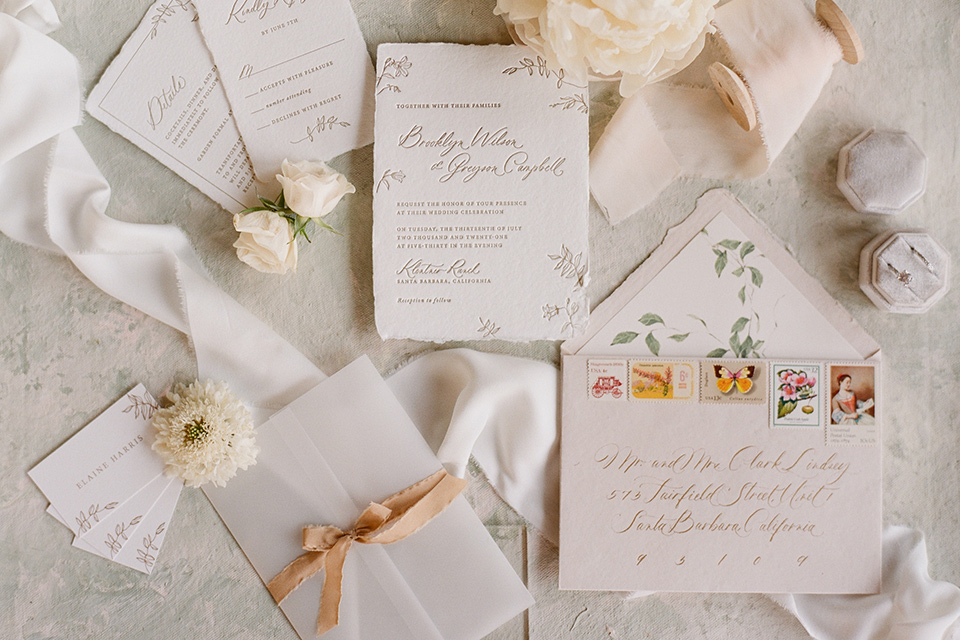
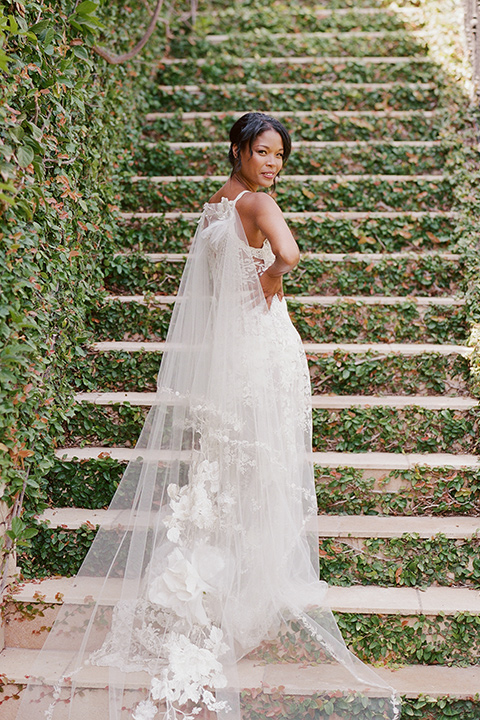
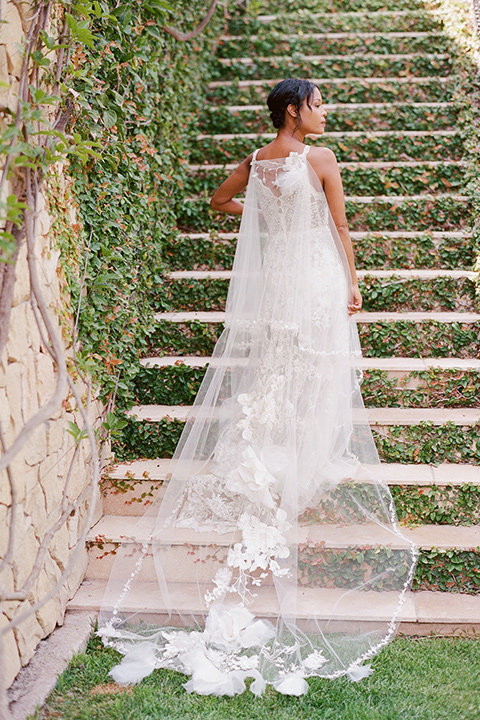

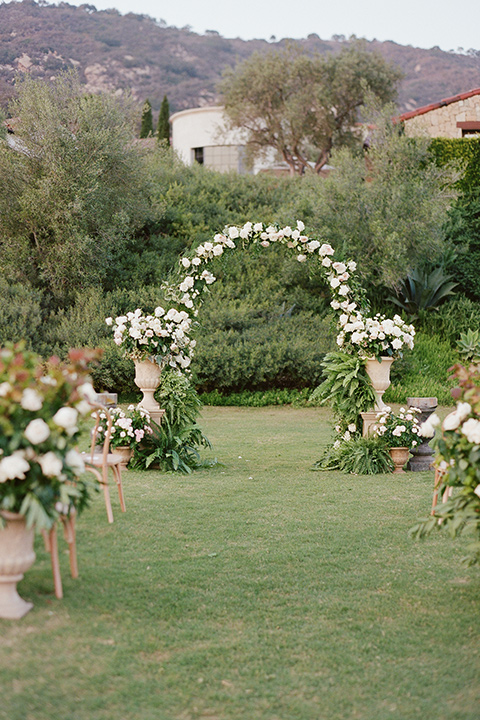
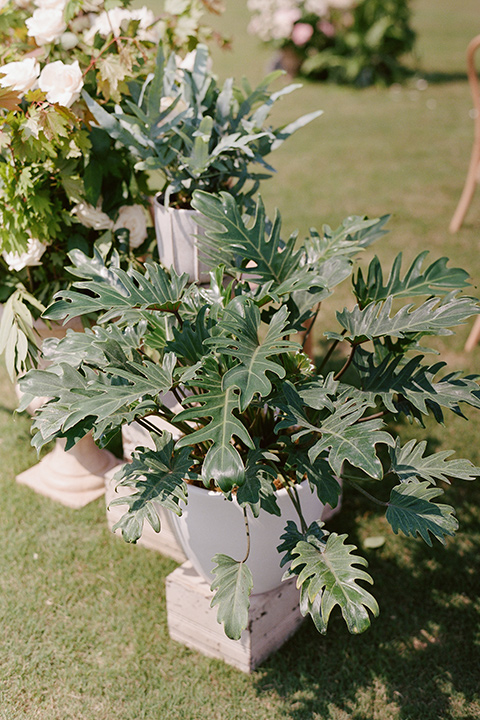
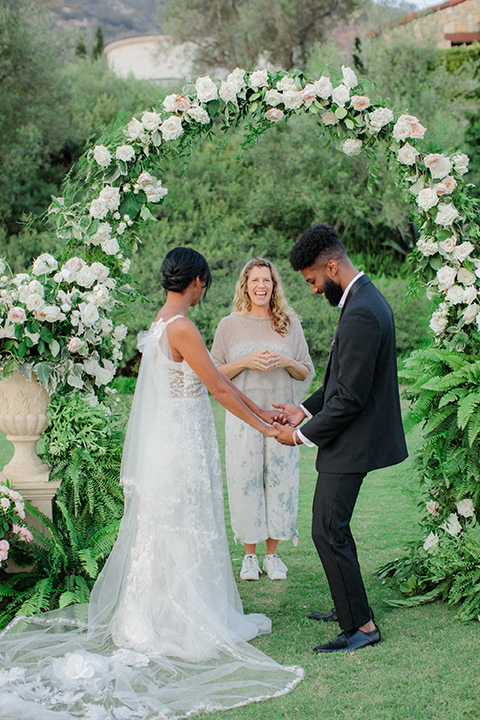
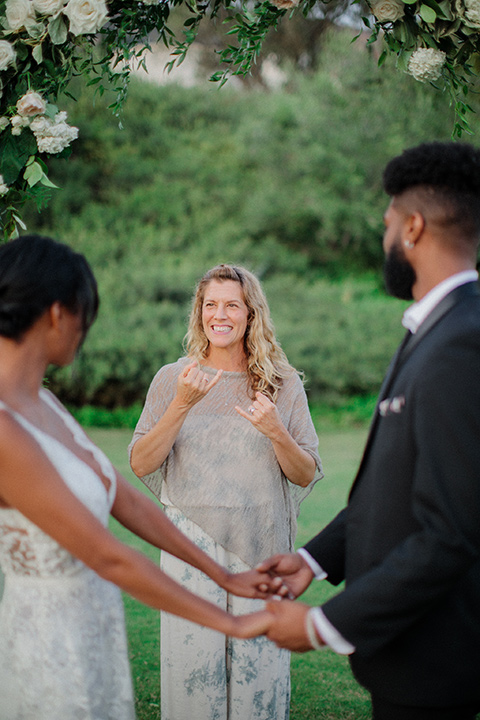
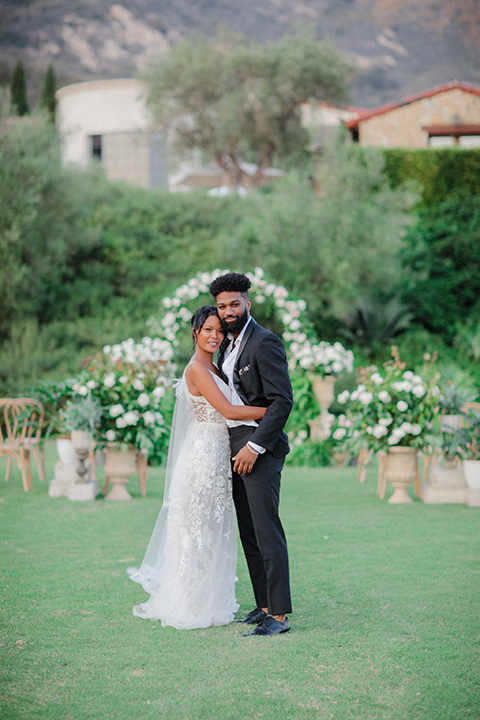
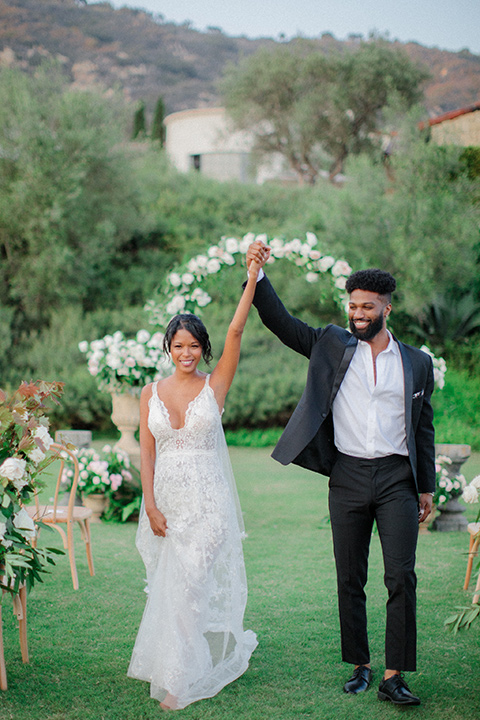

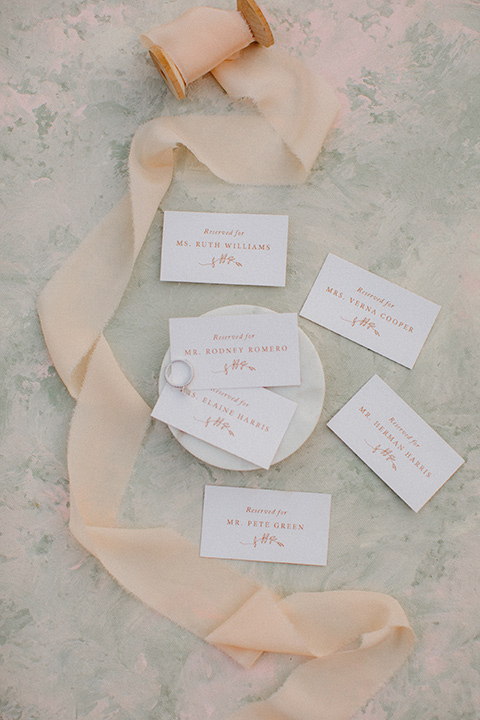
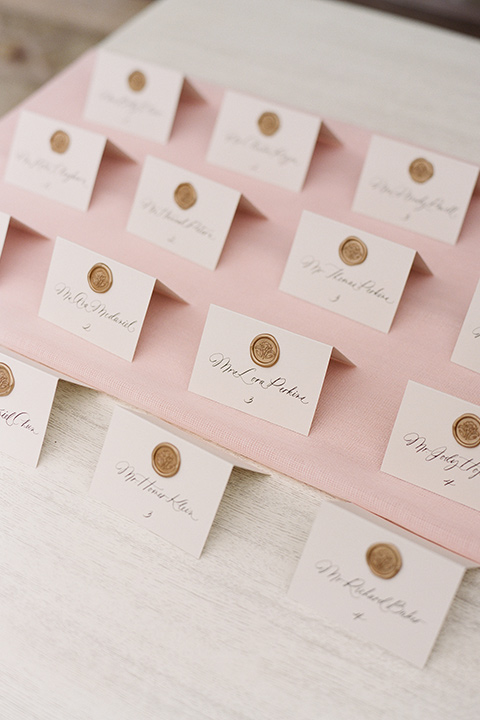
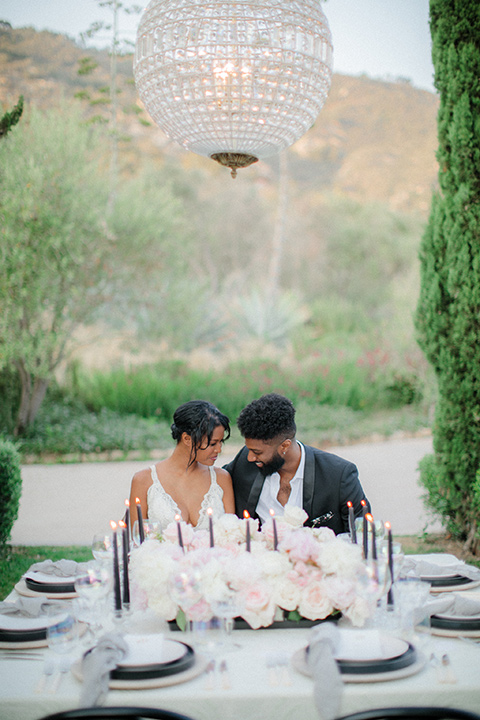

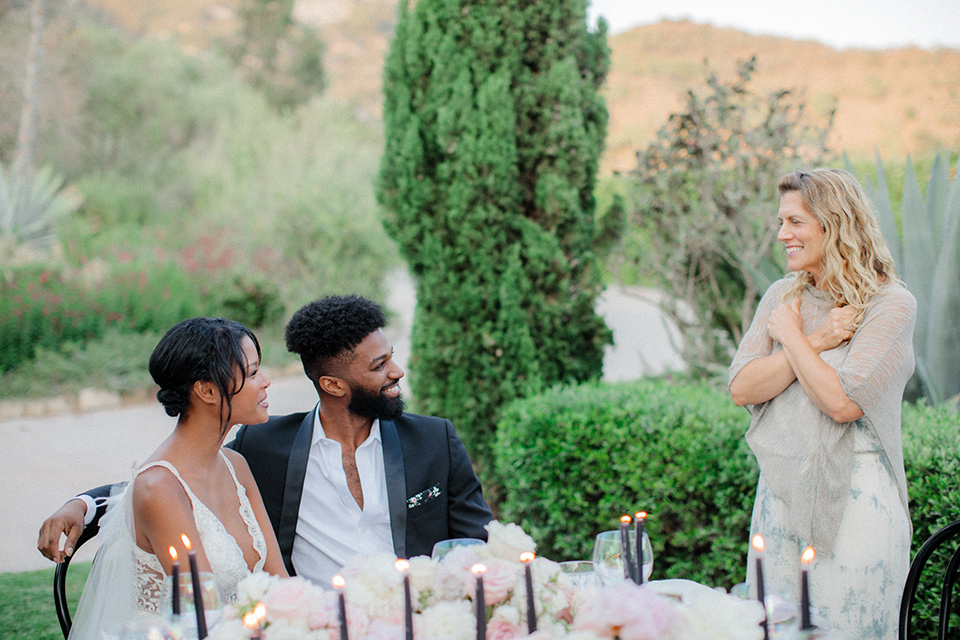
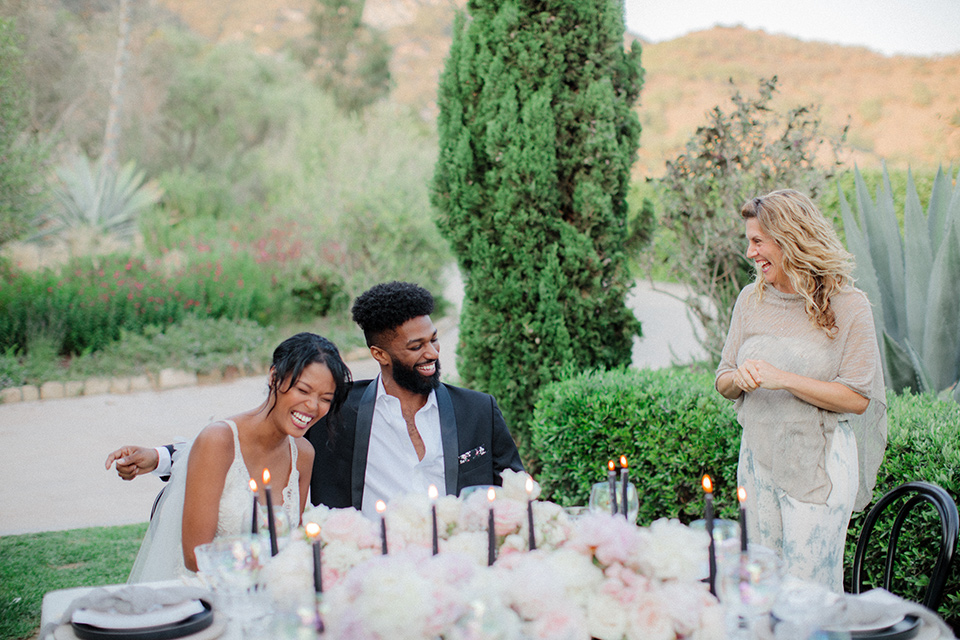
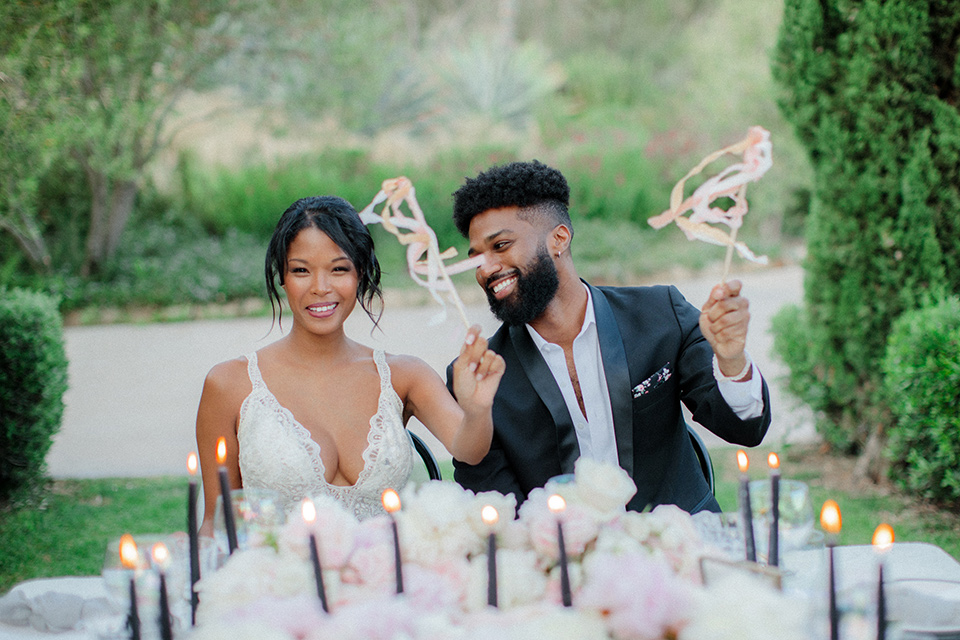

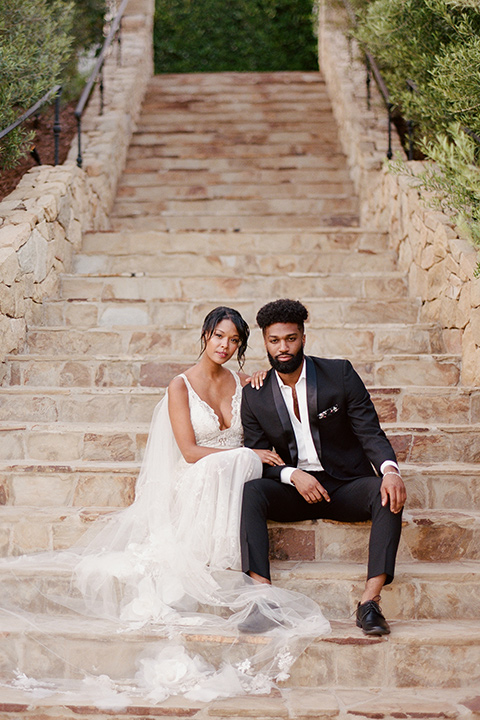
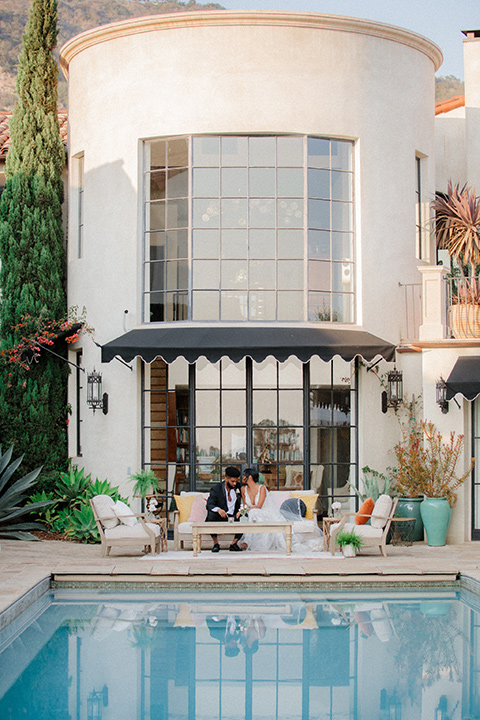
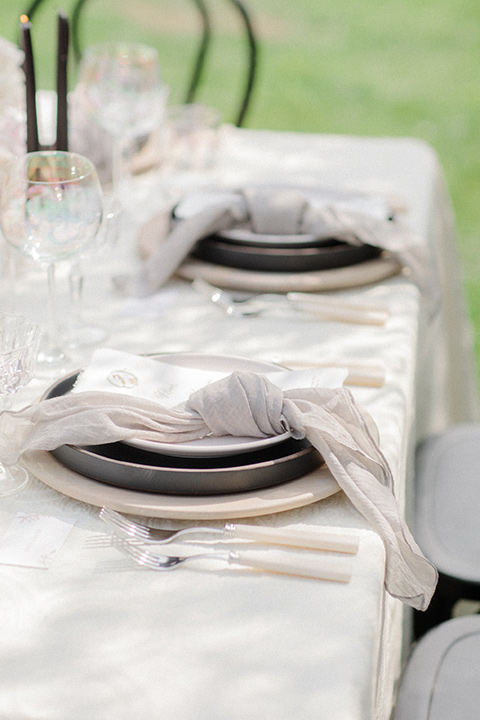
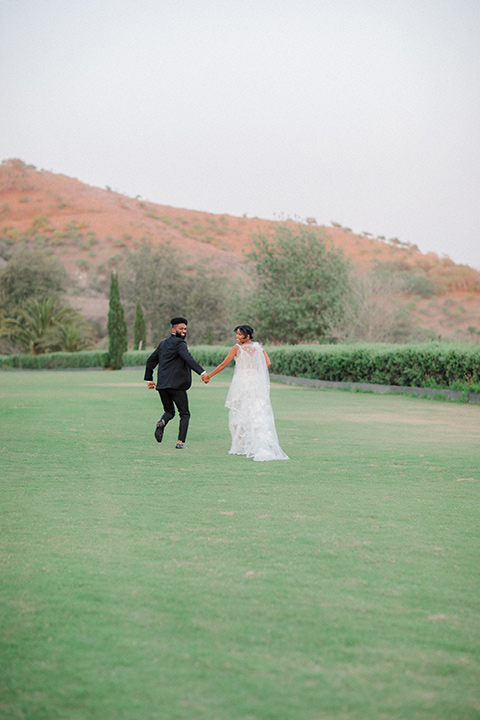
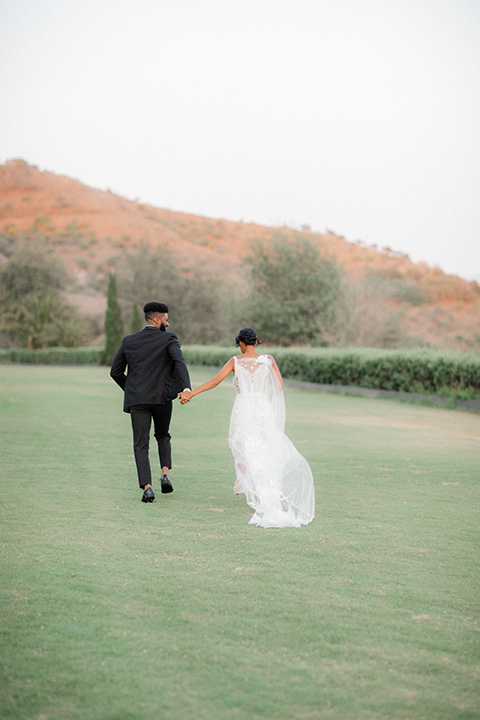
Florals: Ella & Louie | Rentals: Party Pleasers | Stationery: Little Carabao Studio | Lighting: Bella Vista | Beauty: Cheek to Cheek | Cake: Lele Patisserie | Dress: Claire Pettibone | Live Plants: Idyll Mercantile | Bride Model: Renee Lee | Groom Model: Dante Dupree | Ribbons for Flatlays: Amore Society
